
Houseboat
Houseboats are known for their unique design, featuring charmingly decorated interiors with bedrooms, living areas, and modern amenities. Guests can enjoy a leisurely cruise along the tranquil waterways, passing by lush greenery, paddy fields, and picturesque villages.
A houseboat is a traditional and culturally significant form of accommodation found primarily in the region of Kerala, India. These houseboats, locally known as "kettuvallam," are typically made from locally sourced materials like bamboo, wood, and coir (coconut fiber), reflecting the region's eco-friendly ethos. They are designed to navigate the intricate network of backwaters, serene rivers, and interconnected canals that characterize the Kerala landscape.
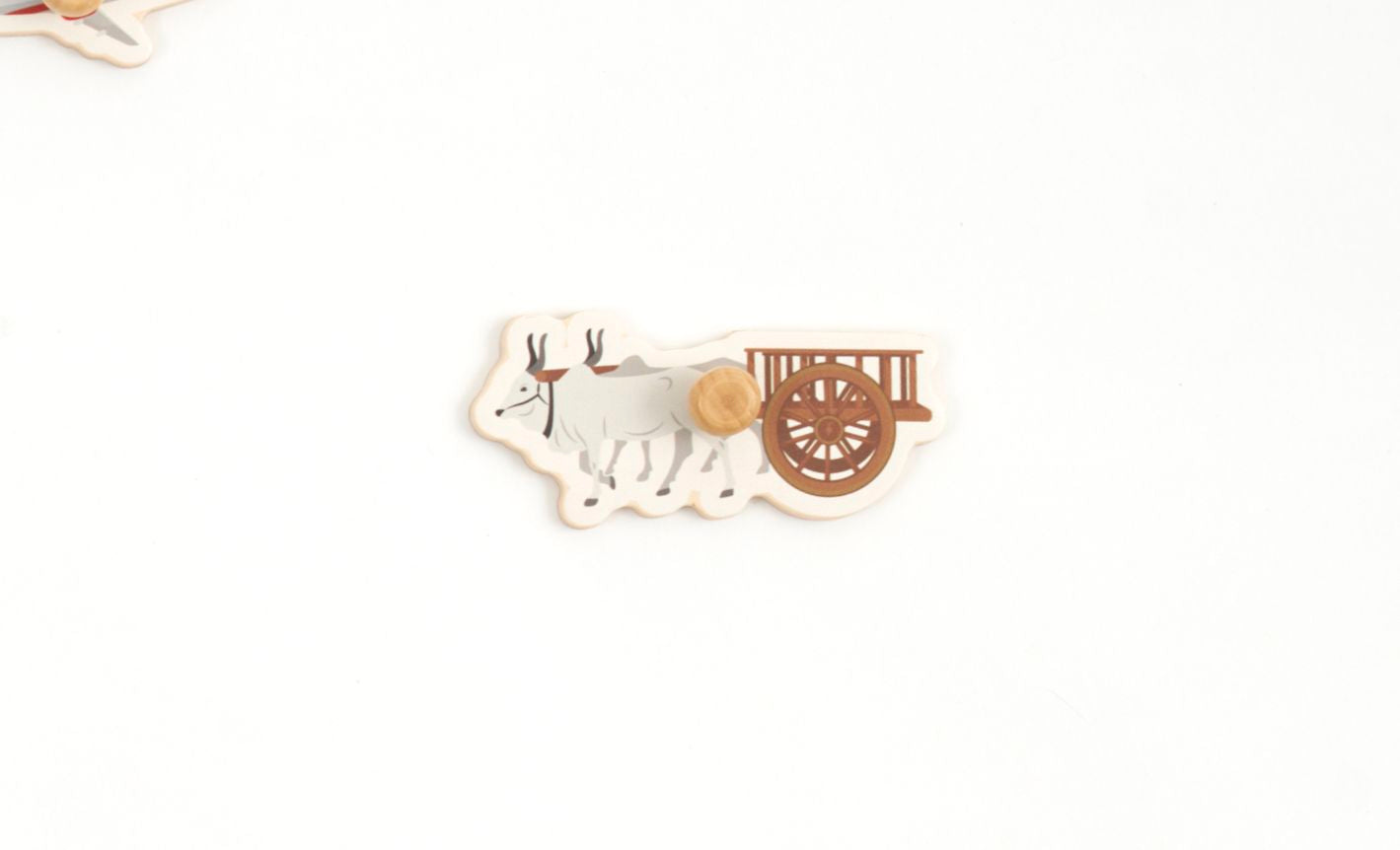
Bullock cart
A bullock cart is a simple and traditional mode of transportation used in many parts of the world, particularly in rural areas of South Asia and other developing countries. It consists of a cart or wagon that is pulled by one or more oxen (bullocks), which are domesticated cattle.
Bullock carts have been used for centuries as a means of transporting goods, agricultural produce, and people over short distances. They are well-suited for navigating uneven terrain and narrow pathways where modern vehicles might struggle. Bullock carts play a vital role in rural economies, helping farmers transport crops, firewood, and other essentials. While their usage has declined with the advent of motorized vehicles, they still remain an important cultural and historical symbol of traditional rural life.
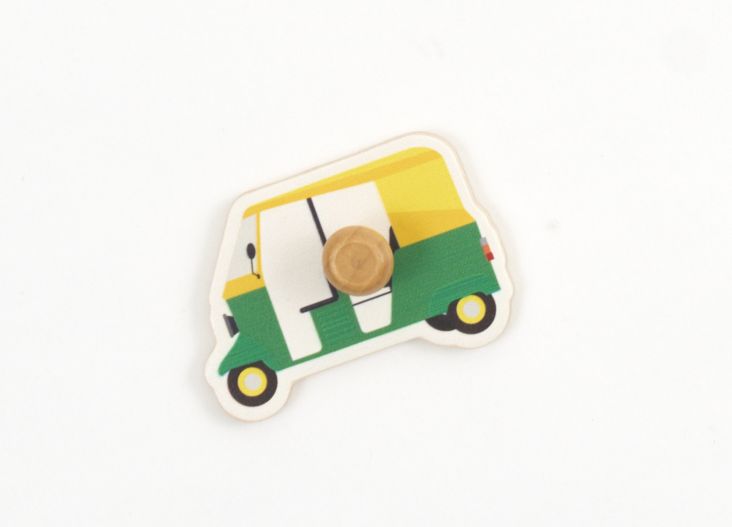
Autorickshaw
An autorickshaw, often simply called an "auto," is a three-wheeled motorized vehicle commonly used for transportation in many countries, particularly in urban and semi-urban areas of South Asia. It is a small, compact vehicle with a cabin for passengers and a driver's seat in the front.
Autorickshaws go by various names in different parts of the world. In India, they are commonly known as "autos." In Thailand, they are called "tuk-tuks," a name derived from the sound of their two-stroke engines. In some other countries, they may be referred to as "trishaws," "rickshaws," "three-wheelers," or other localized terms.

Plane
Airplanes are a common mode of transportation for long distances and international travel, as well as being used for various other purposes, including cargo transportation, military operations, and aerial surveillance.
They rely on the principles of aerodynamics, using the shape of their wings and the engines' thrust to create lift and counteract the force of gravity.
South Asia is home to several airports that are located in mountainous terrain, presenting unique challenges for pilots and aviation operations.
One notable example is the Tenzing-Hillary Airport, also known as Lukla Airport, in Nepal. This airport serves as the gateway to the Everest region and is often considered one of the most dangerous airports in the world due to its short runway, challenging approach, and unpredictable weather conditions. It is named after the famous mountaineers Tenzing Norgay and Sir Edmund Hillary, who were the first to reach the summit of Mount Everest.
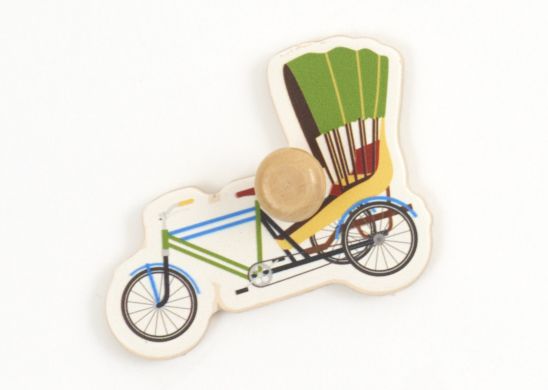
Cycle rickshaw
A cycle rickshaw is a human-powered mode of transportation consisting of a three-wheeled vehicle with a seating area for passengers, which is attached to a bicycle frame. It is commonly used for short-distance travel, especially in densely populated urban areas and marketplaces.
Around 1869, Jonathan Goble is said to have developed a human-powered cart with a bicycle-like front wheel and a rear seating area to transport his wife through the streets of Yokohama. This contraption is considered one of the earliest prototypes of the cycle rickshaw.
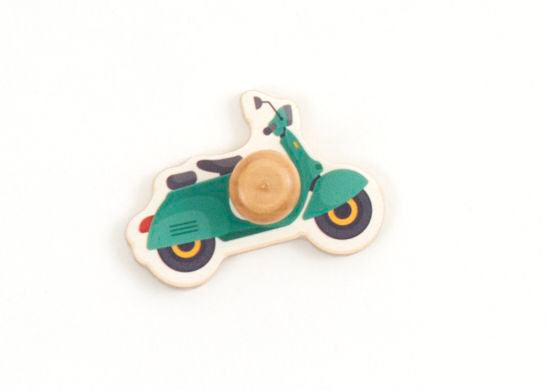
Scooter
Scooters are often small in size, designed for efficient urban commuting, and are popular due to their affordability and fuel efficiency.
South Asian scooters typically have an automatic transmission, making them easy to operate even for those without much experience riding motorcycles. They are favored for maneuvering through congested city streets and providing a convenient mode of travel for short to medium distances.
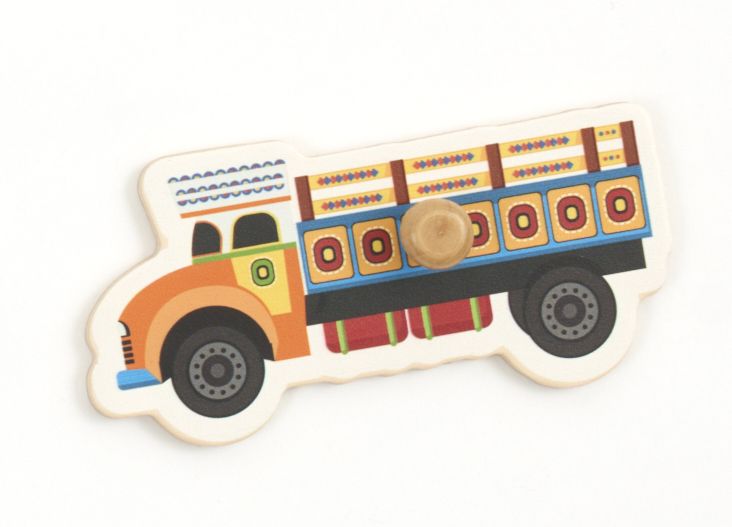
Truck
South Asian trucks are known for their distinctive designs, often featuring vibrant and artistic decorations that reflect local cultures, beliefs, and aesthetics. These decorations can include colourful paintings, ornate designs, and even religious symbols.
Trucks are not just utilitarian vehicles; they are a fascinating blend of functional transport, artistic expression, and cultural identity, representing a crucial aspect of India's vibrant transportation landscape.
Taxi
South Asian taxis come in various forms, ranging from traditional sedans to more compact models, and sometimes even three-wheeled vehicles. They are typically identified by distinct markings, such as specific colors, logos, or signage, that indicate their role as taxis.
This artistic tradition of decorating taxis adds charm and character to the streets and also provides a unique cultural experience for both locals and tourists. It showcases the creativity and individuality of the drivers and reflects the deep cultural connections between transportation, art, and daily life in South Asia.
Train
South Asian countries have a wide range of trains, including local commuter trains, express trains, intercity trains, and long-distance trains. Some countries, like India, have an extensive network with various classes of trains to cater to different passenger preferences.
Many South Asian rail networks are among the busiest in the world, with millions of passengers traveling daily. Trains can get crowded, especially during peak hours and festival seasons.
Train travel in South Asia often offers passengers a chance to experience diverse landscapes, from bustling cities to scenic countryside. Some routes, like the Kandy to Ella train journey in Sri Lanka, are renowned for their picturesque views.
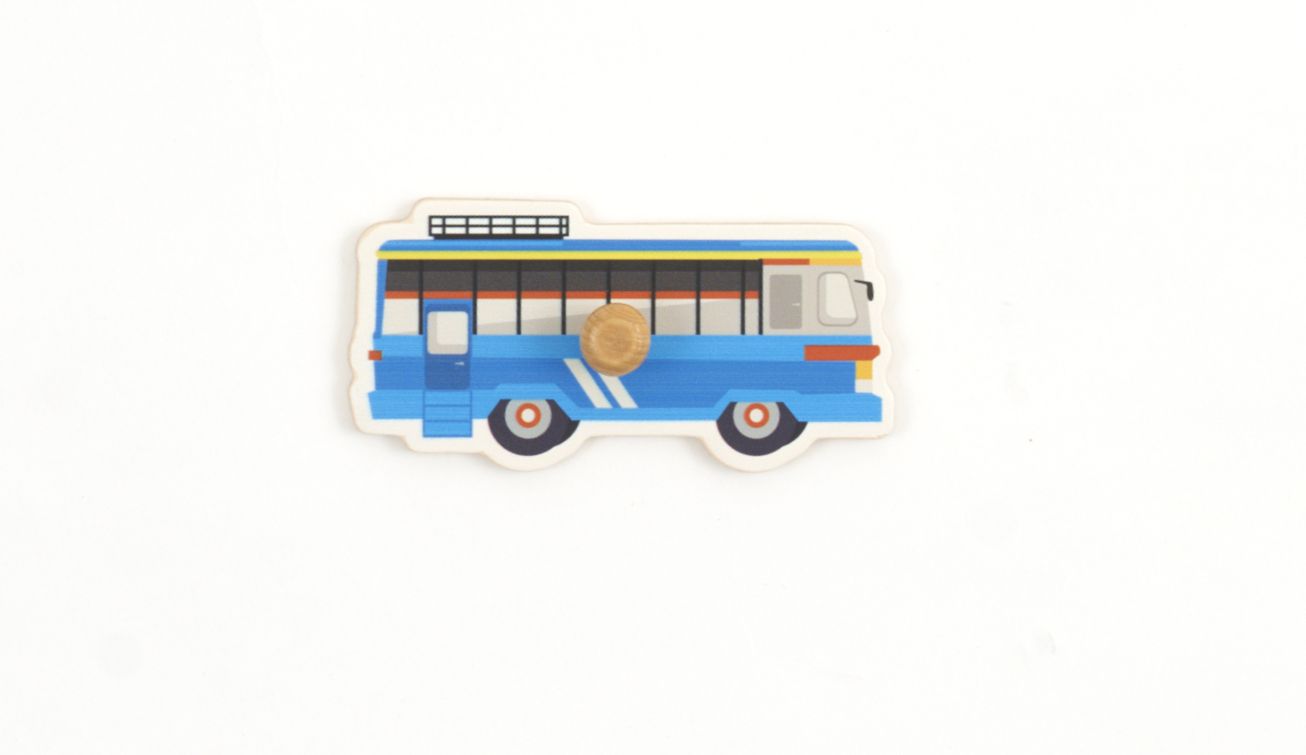
Bus
South Asian buses come in various types, ranging from standard city buses to intercity coaches. Many South Asian buses are known for their colorful and artistic designs. These decorative elements often reflect cultural motifs, religious symbols, or regional aesthetics, making the buses distinct and eye-catching.
Buses in South Asia are frequently crowded, especially during peak hours. Passengers may experience standing-room-only situations, particularly in urban areas.
Riding a South Asian bus can provide travelers with an immersive cultural experience, allowing them to interact with locals, observe daily life, and witness the diverse landscapes of the region.
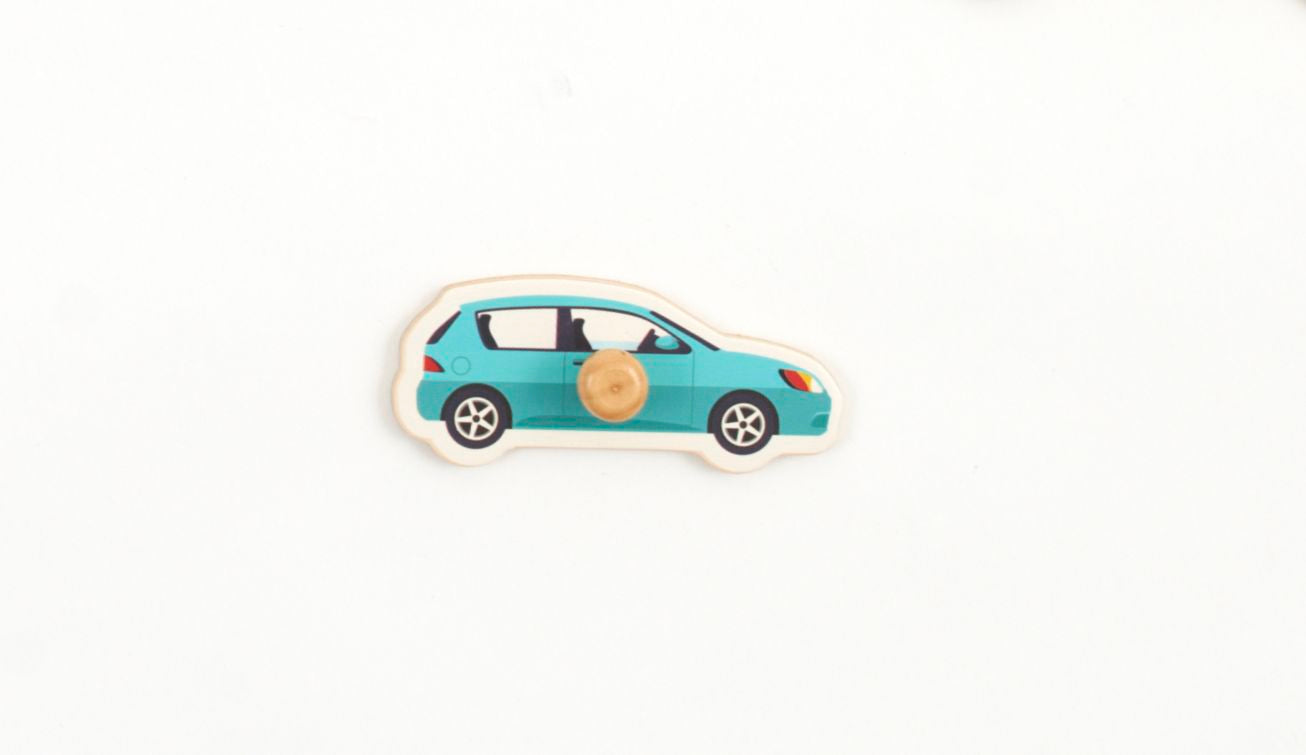
Car
In some South Asian countries, such as Pakistan and India, car owners often personalize their vehicles with colorful and ornate artwork, turning their cars into moving pieces of art.
Car owners commission skilled artists to paint detailed patterns, floral motifs, landscapes, and sometimes even portraits on the exterior of their cars. The artistic designs often extend to the interior, with seats, dashboard panels, and even steering wheels getting special treatment.
It's a testament to the way in which cars in South Asia can become a canvas for personal and cultural expression, transforming ordinary vehicles into extraordinary works of art that showcase the region's rich artistic traditions.
Bicycle
South Asian bicycles are used for various purposes, including commuting to work or school, transporting goods, running errands, and even as a source of exercise and recreation.
Bicycles are sometimes creatively customized to suit individual preferences or practical needs. For instance, they might be fitted with additional carriers, baskets, or racks for carrying goods.
In some parts of South Asia, particularly in rural or less developed areas, bicycles are creatively adapted to serve as mobile food delivery vehicles.
